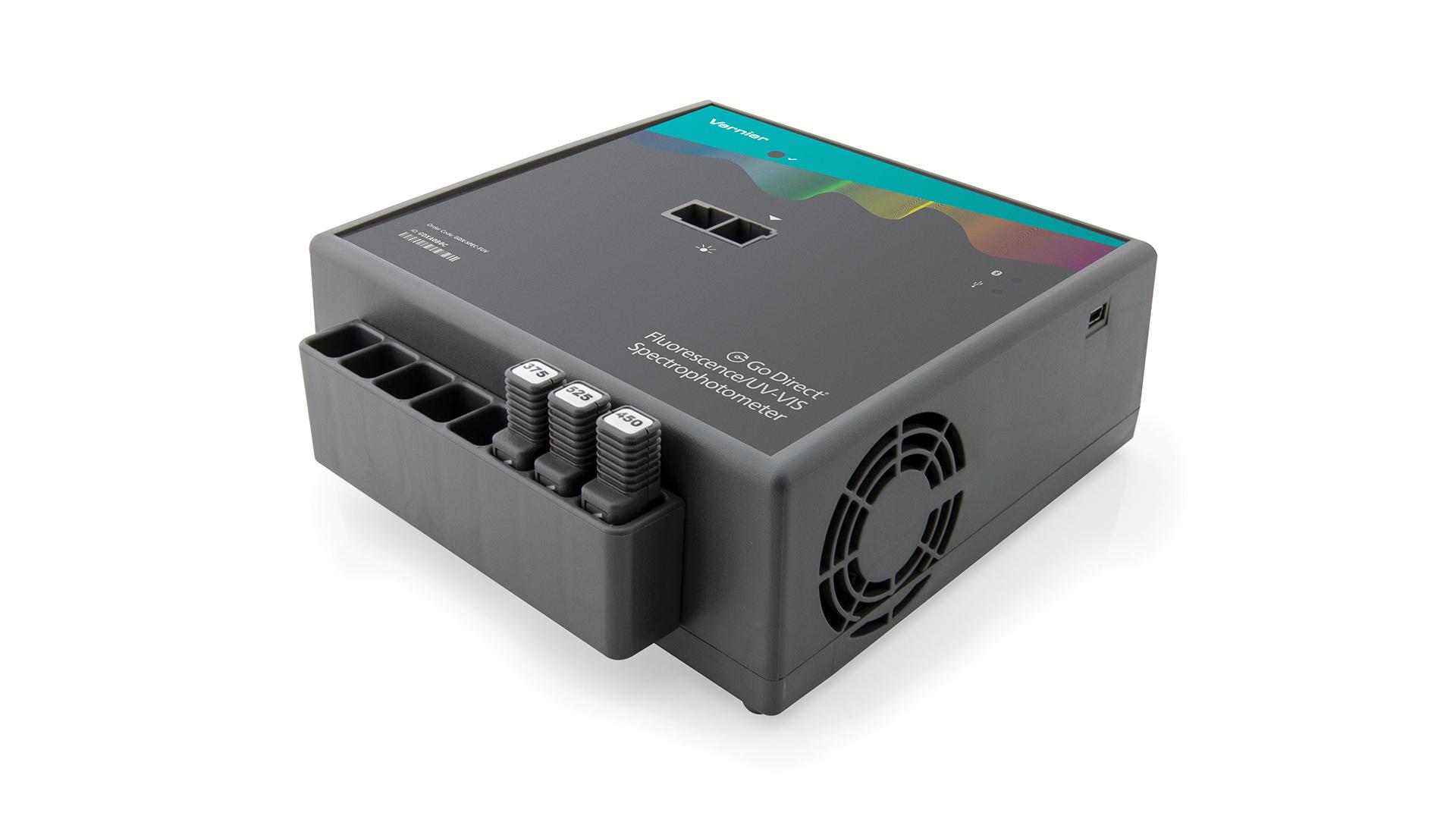Extraction of Spinach Pigments and Analysis by Electronic Absorption Spectroscopy
Experiment #12 from Organic Chemistry with Vernier
- Education Level
- College
Introduction
Ultraviolet-visible spectroscopy is a useful tool for studying the electronic structure of unsaturated molecules and their conjugation. The electronic absorption spectra can generally reveal the degree of delocalization of the conjugated π system. The electronic transition between bonding and anti-bonding orbitals in organic molecules are large and normally require higher energy. As the number of π molecular orbitals increase in conjugated systems, the energy gaps between the filled and unfilled orbitals decrease. Lower energy is needed to promote electrons into an excited stated resulting in molecules that can absorb in the visible region.
In order to investigate the electronic absorption spectra of the pigments extracted from spinach, the chlorophylls and carotenoids need to be separated. Thin-layer chromatography (TLC) can be used to investigate the solvent system for separation of the compounds. In thin-layer chromatography, the stationary phase is the adsorbent (usually silica or alumina) coated on a sheet of glass, metal, or plastic. The sample is applied as a spot near the bottom of the plate. The TLC plate is then placed in a developing chamber containing a shallow layer of solvent, where the mobile phase (solvent) slowly rises by capillary action.
Objectives
In this experiment, you will
- Extract the pigments in spinach leaves.
- Determine the Rf values of the pigments in spinach.
- Isolate the green and yellow pigments using column chromatography.
- Identify the wavelengths of absorbance peaks for the extracted spinach pigments.
Sensors and Equipment
This experiment features the following sensors and equipment. Additional equipment may be required.
Option 4

Ready to Experiment?
Ask an Expert
Get answers to your questions about how to teach this experiment with our support team.
- Call toll-free: 888-837-6437
- Chat with Us
- Email support@vernier.com
Purchase the Lab Book
This experiment is #12 of Organic Chemistry with Vernier. The experiment in the book includes student instructions as well as instructor information for set up, helpful hints, and sample graphs and data.





